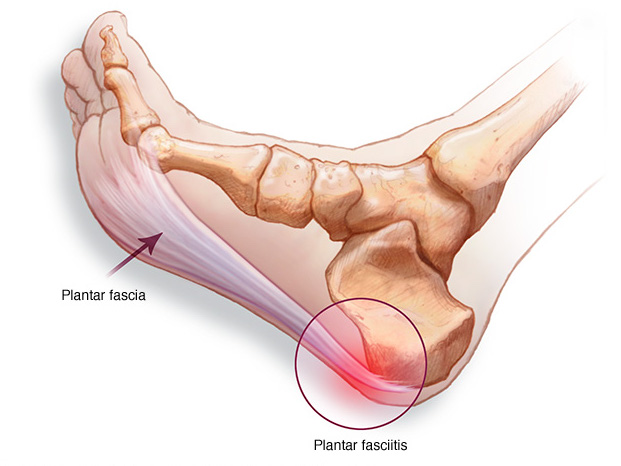Plantar Fasciitis - Part 1: What Is It & Do I Have It
- Movepod Podiatry
- Dec 10, 2019
- 2 min read
Updated: Jan 29, 2020

We have all heard of Plantar Fasciitis (Heel Pain) at some stage in our lives. It is a term that gets thrown around so regularly that you feel like it’s a contagious disease that half of the population has caught. Well it’s not quite THAT common, but it has been predicted to affect approximately 10% of the population at some point in their lifetime. The thing with Heel Pain is that it is not always the Plantar Fascia causing the problems and it is regularly misdiagnosed as Plantar Fasciitis.
So to save you some time, what we’ve done for you in this blog and coming blogs is summarise the mountains of information out there on the internet regarding
heel pain into an easy to read format. You’ll get clear information about:
Plantar Fasciitis, Fasciosis or Fasciopathy?
What is Plantar Fasciitis and how do I know if I have it
Foot Anatomy - The Complex Beast
What Are The Other Types of Heel Pain?
Do I need to get imaging?
Why Did This Happen to Me? The Contributing Factors
How Do I Get Better? Your Treatment Options
What Can I Expect? The Injury Repair Pathway
Plantar Fasciitis, Fasciosis or Fasciopathy?
Plantar Fasciitis is a term that gets thrown around every time someone complains of heel or arch pain. But did you know that this diagnosis or use of the term Plantar Fasciitis is in most cases incorrect? Many recent studies involving heel pain have found very few if any inflammatory markers within the Plantar Fascia itself, meaning that in most cases there isn’t any inflammation present in this chronic condition. Because there it is not acute and does not have inflammation present, literature suggests we shouldn’t be using the term “Fasciitis”. Due to it’s more chronic/degenerative nature, it is believed that a better term for the condition is Plantar Fasciosis or Plantar Fasciopathy.
* For the purpose of Familiarity I will continue to call it Plantar Fasciitis throughout this blog.
What is Plantar Fasciitis and How Do I Know If I Have It?
Plantar Fasciitis is one of the most common causes of foot pain in the running and non-running population. It more commonly impacts people aged 40 - 60 years old and equally affects both males and females. The injury is chronic in nature and is often seen as an overuse injury resulting from increasing activity levels too quickly without adjusting over time.
Some of the most common signs and symptoms include:
Pain/stiffness when first stepping out of the bed in the morning (might last a couple of steps or might last a few minutes)
Pain/stiffness when getting up after prolonged sitting
Generally warms up when you get moving
Location of pain is most commonly around the inside/underside of your heel
Pain can range from mild stiffness to a sharp pain
More to come in "Plantar Fasciitis - Part 2: Why Did You Get This Pain?








Comentarios